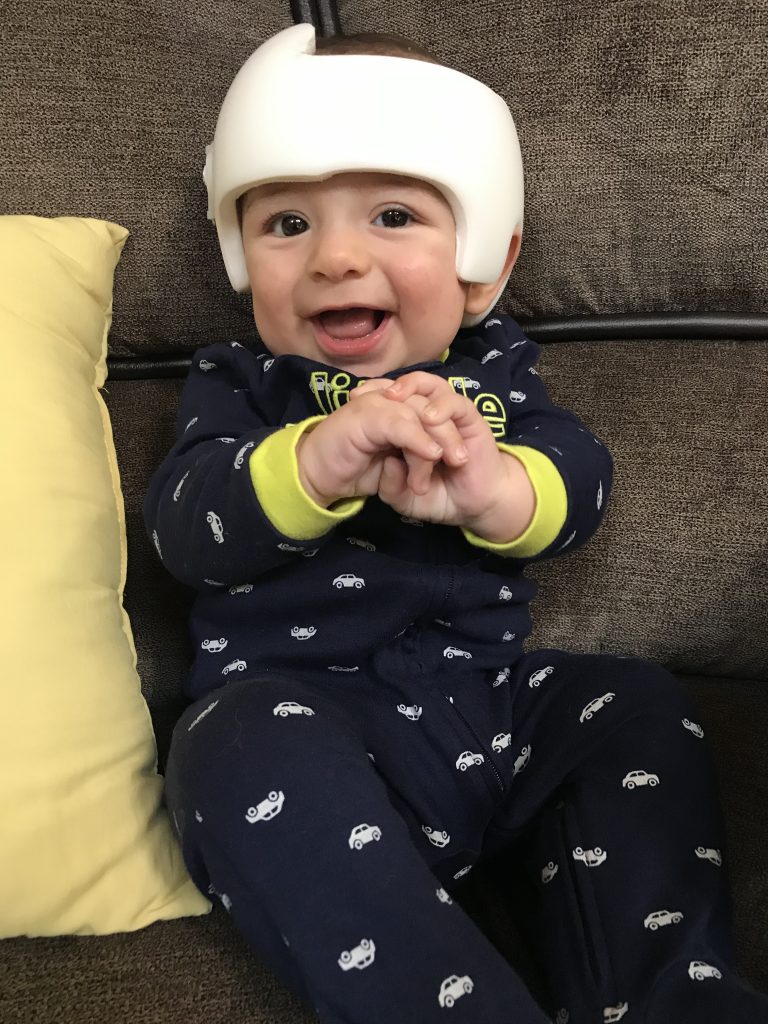 When my third child, Levi, was born, I pretty much knew what to expect during the newborn stage. I was no rookie at this point and was all too familiar with engorgement, sleepless nights, cluster feeding, diaper rashes, cradle cap, tongue ties, and total body exhaustion.
When my third child, Levi, was born, I pretty much knew what to expect during the newborn stage. I was no rookie at this point and was all too familiar with engorgement, sleepless nights, cluster feeding, diaper rashes, cradle cap, tongue ties, and total body exhaustion.
However, I soon began to notice my son favoring his right side. He always seemed to be looking over his right shoulder, sleeping on his right side, and eating with his head tilted to the right. This was something new and unfamiliar to me. I brought it up to my husband but he didn’t seem too concerned (he is overly chill and doesn’t worry often).
A few weeks passed and when my son was eight weeks old we noticed his head shape was kind of awkward. It wasn’t round and looked almost lopsided. The right side of his forehead was more pronounced than the left, and his right ear was slightly larger and higher than his left ear.
This is when we began to worry and started to Google things like “misshapen newborn head.” I was flooded with information on plagiocephaly, a fancy word for flat head syndrome. It is fairly common in infants especially since the “Back to Sleep” movement began. In my son’s case, he had what they call positional plagiocephaly caused by torticollis (twisted neck).
I did hours of research and started obsessing over ways to fix my son’s head. I came across mom blogs and parent support groups all recommending physical therapy and chiropractic care. I immediately called and set up an evaluation with a chiropractor that specialized in infants. I also called the pediatric physical therapy clinic and set up an evaluation there as well. I didn’t want to leave any rock unturned.
At two months old my son was officially diagnosed with plagiocephaly and severe torticollis. I watched as the chiropractor massaged his neck, back, and jawline trying to relax his neck muscles, which were incredibly tight on the left side. This tightness was causing his head to tilt to the right, while pulling his chin down towards his right shoulder. He was relaxed and smiled while being worked on, which put my anxious mind at ease.
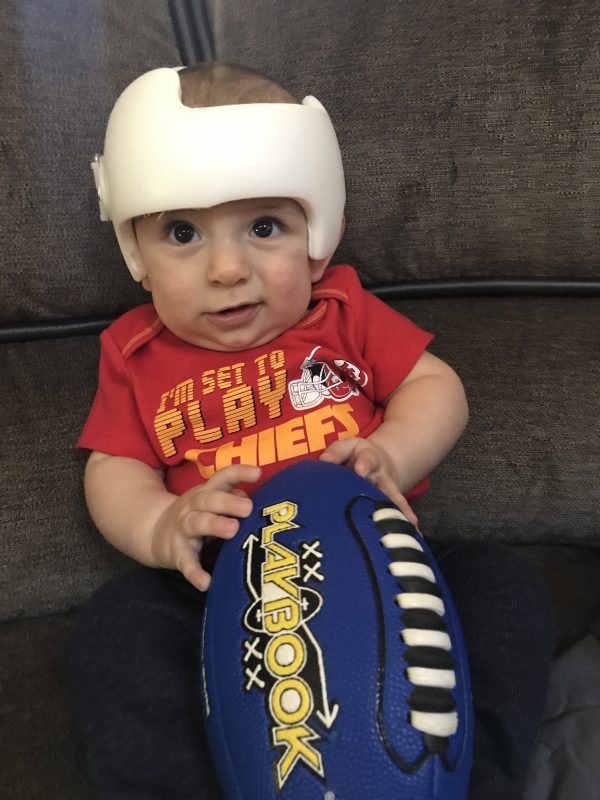

One week shy of three months old, my son started physical therapy. I walked into the pediatric rehab office a ball of nerves, not knowing what to expect. I had been to physical therapy for a neck injury caused by a car accident in college and I remember it being very painful. I didn’t want my sweet boy to experience any pain, and instantly wished I could trade places with him.
We were assigned a friendly physical therapist named Taylor and brought back to a colorful therapy room full of baby toys. Taylor played with Levi while showing me exercises I could do at home to stretch his tiny neck muscles and build strength in his neck and torso. It was all so fascinating to observe. Over the next twelve weeks, I watched my son work hard, reach milestones, and build strength. His neck is no longer tight on the left side and his tilt is almost completely gone.
I am so thankful for the amazing resources and early intervention he received. However, his head was still “lopsided” as I like to call it. So our physical therapist recommended we go for a free evaluation at Cranial Technologies to look into a cranial helmet; also commonly referred to as a band. Just the thought of my son having to wear a helmet made me emotional. I had seen babies with helmets in stores and at the doctor’s office but I never really knew what they were for. Now I get it!
These helmets are custom made for babies and allow room for growth on their “flat side” while holding the side that may bulge in place. There are many misconceptions about cranial helmets that our clinician quickly cleared up.
First off, the helmets do not hurt. The babies should feel no discomfort. If they do that means an adjustment needs to be made.
Second, the helmet should not cause red spots or skin irritation that lasts more than an hour after the helmet is removed. If the baby still has red marks, which my son did, then the helmet is not fitting properly and needs to be adjusted.
Babies under six months of age go in for weekly appointments in order for adjustments to accommodate their head growth. Babies older than six months go in for bi-weekly appointments. Treatment usually takes around three to four months and after the first few weeks, I was told you will barely notice it anymore.
I am four weeks in and unfortunately I definitely do still notice it; especially when my son accidentally head butts me in the face with it. However, I am so thankful these helmets exist and that my son will have a round head at the end of this journey.
The most exciting part has been picking our vinyl decals to decorate the band with, because in reality plain white is kind of boring, and doesn’t fit Levi’s personality.
So next time you come across a baby with a helmet you know why they are wearing it. Please don’t stare! “Plagio Moms” feel self-conscious enough as it is. Just smile and keep walking, or compliment the helmet decals if you so choose.
We all want adorable babies with beautifully round heads and thanks to cranial helmets that is now a possibility for babies like mine.


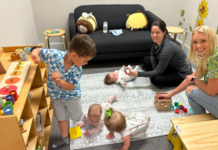





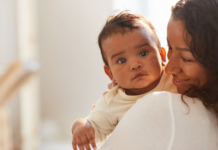
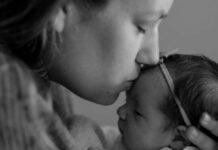





Love this article Kaitlyn! It’s so informative and hearing the details of what your little guy went through gives me all the more compassion for you and other families that have been through this! I’m so thankful for our healthcare and technology these days to be able to help him and other babies!